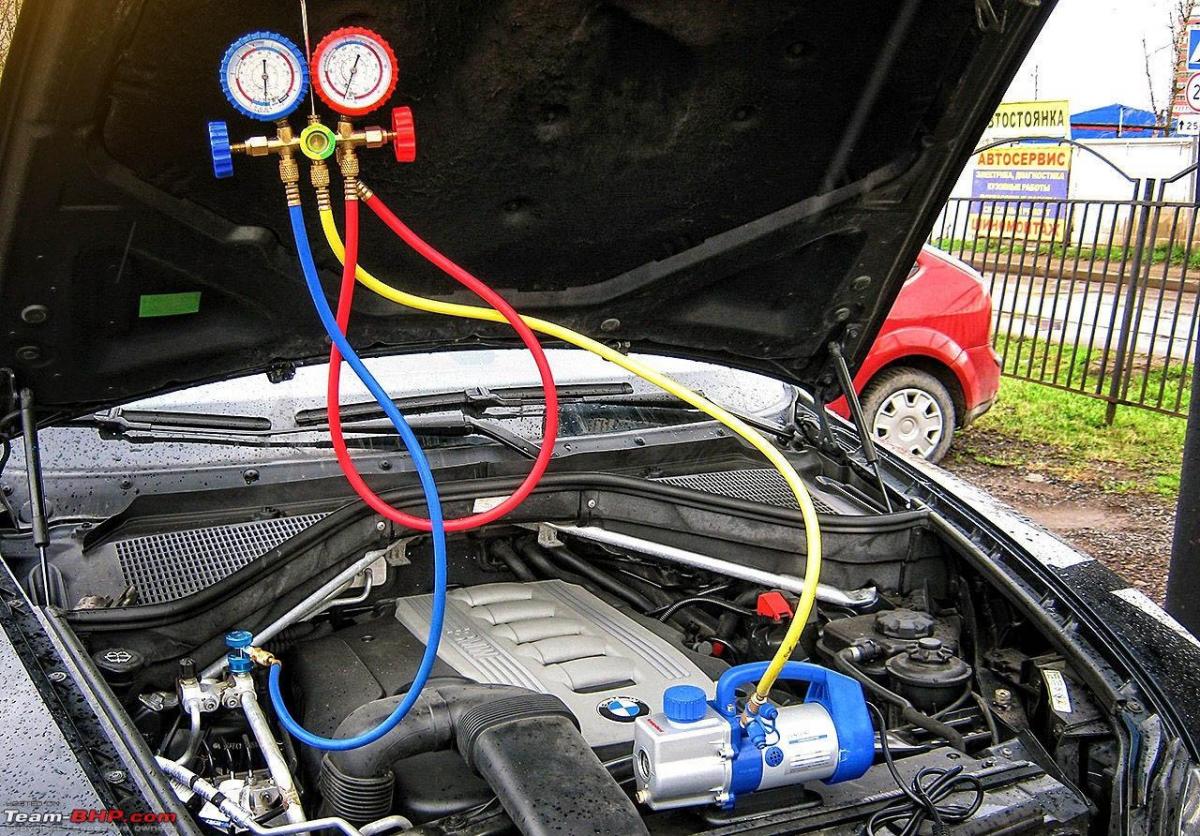When the summer sun blazes down, nothing feels better than sinking into your car, cranking up the air conditioning, and feeling the cool breeze wash over you. But what happens when that refreshing chill turns into a lukewarm breeze? You might be dealing with a low refrigerant situation. In this complete guide, we’ll dive deep into the world of automotive refrigerants, exploring what they are, why the levels drop, the symptoms of low refrigerant, and how to handle the situation like a pro.
Understanding Refrigerant in Your Vehicle
Refrigerant is a crucial component in your car’s air conditioning (AC) system. It’s a fluid that absorbs heat from the interior of your car and releases it outside, effectively cooling the cabin. The most commonly used refrigerants in vehicles are:
- R-134a: The most popular refrigerant used in cars manufactured before 2021.
- R-1234yf: A newer, more environmentally friendly refrigerant that is becoming the standard in newer vehicles.
These refrigerants circulate through the system, transitioning from liquid to gas and back again, thanks to the compressor, condenser, and evaporator. Understanding this cycle is key to diagnosing and fixing issues related to low refrigerant levels.
Why Do Refrigerant Levels Drop?
Refrigerant is a sealed system, which means in an ideal situation, you should never have to refill it. However, there are several reasons why refrigerant levels might drop:
- Leaks: The most common reason for low refrigerant is a leak within the AC system. This can occur at various points including hoses, seals, or the compressor.
- Age of the System: Over time, wear and tear can cause small cracks and leaks, especially in older vehicles.
- Improper Installation: If the AC system was recently serviced and the refrigerant was not properly charged, it could lead to low levels.
- Environmental Factors: Extreme temperatures can also affect the pressure of the refrigerant, leading to perceived low levels.
Symptoms of Low Refrigerant
Recognizing the signs of low refrigerant can save you from further damage to your AC system. Here are the symptoms to watch for:
- Warm Air Blowing: If your AC is blowing warm air instead of cool, it’s a strong indicator that refrigerant is low.
- AC Cycles On and Off: Frequent cycling of the AC system can indicate that it’s struggling to maintain the correct pressure due to low refrigerant.
- Unusual Noises: Hissing or bubbling noises can indicate refrigerant leaking from the system.
- Ineffective Cooling: If your AC is not effectively cooling the cabin, it may be due to insufficient refrigerant.
How to Diagnose Low Refrigerant
Diagnosing low refrigerant issues can be tricky but not impossible. Here’s a step-by-step approach:
- Visual Inspection: Check for any visible signs of leaks around the AC components.
- Listen for Sounds: Pay attention to any unusual sounds when the AC is running.
- Temperature Test: Use a thermometer to check the air temperature from the vents. It should be significantly cooler than the outside temperature.
- Pressure Test: Use an AC manifold gauge to check the system’s pressure. Low readings indicate low refrigerant levels.
Fixing Low Refrigerant Levels
If you confirm that your refrigerant levels are low, here are the steps you can take:
1. Identify and Repair Leaks
Before refilling, it’s essential to find and fix any leaks. This might require specialized tools or a professional mechanic.
2. Recharging the System
Once leaks are repaired, you can recharge the system:
- DIY Recharge: Purchase a refrigerant recharge kit. Follow the instructions carefully to avoid overcharging.
- Professional Service: For the best results, consider visiting an automotive service center. They have the skills and tools to recharge the system safely.
3. Regular Maintenance
To prevent future refrigerant loss, ensure regular maintenance of your AC system, including:
- Annual inspections of AC components.
- Replacing worn seals and hoses.
- Keeping the system clean and free of debris.
Dealing with low refrigerant levels in your car can be a hassle, but understanding the causes and symptoms can empower you to take action. Whether you choose to tackle the issue yourself or seek professional help, staying proactive with your vehicle’s maintenance will ensure your AC system keeps you cool during the hottest days. Remember, a well-functioning AC system is not just about comfort; it can also enhance your safety and driving experience. So, stay cool, and happy driving!

